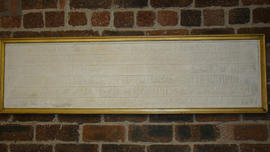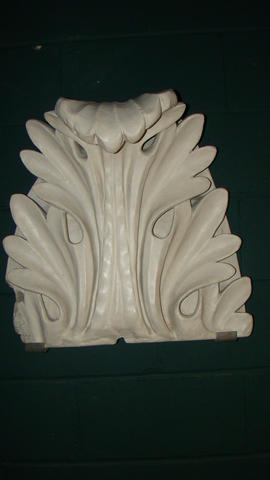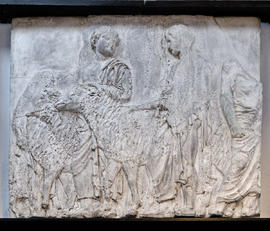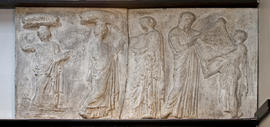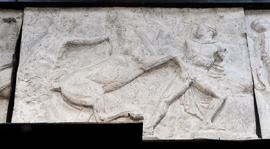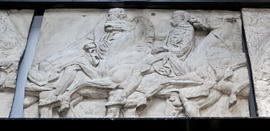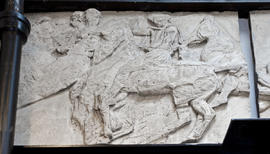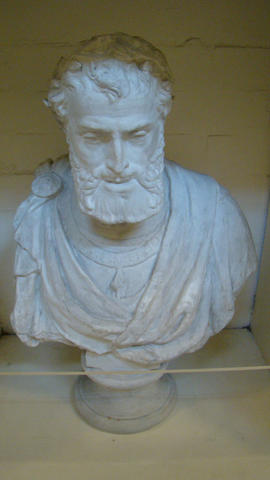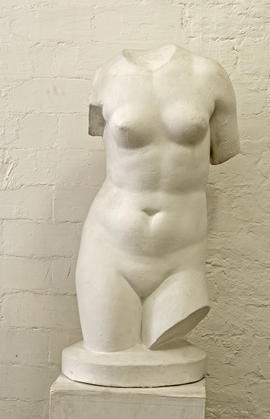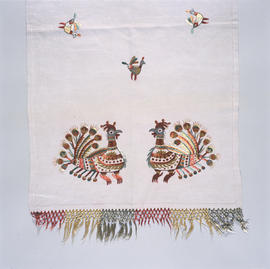Plaster cast of miniature copy of the Parthenon Panathenaic frieze on framed panel
- PC/088
- Item
- Mid 19th century-early 20th century
Part of Plaster Casts
Original: Possibly a cast of a copy after John Hennings miniature carvings of the frieze using the Parthenon Marbles and sketches made prior to the acropolis explosion.
*Not available / given

